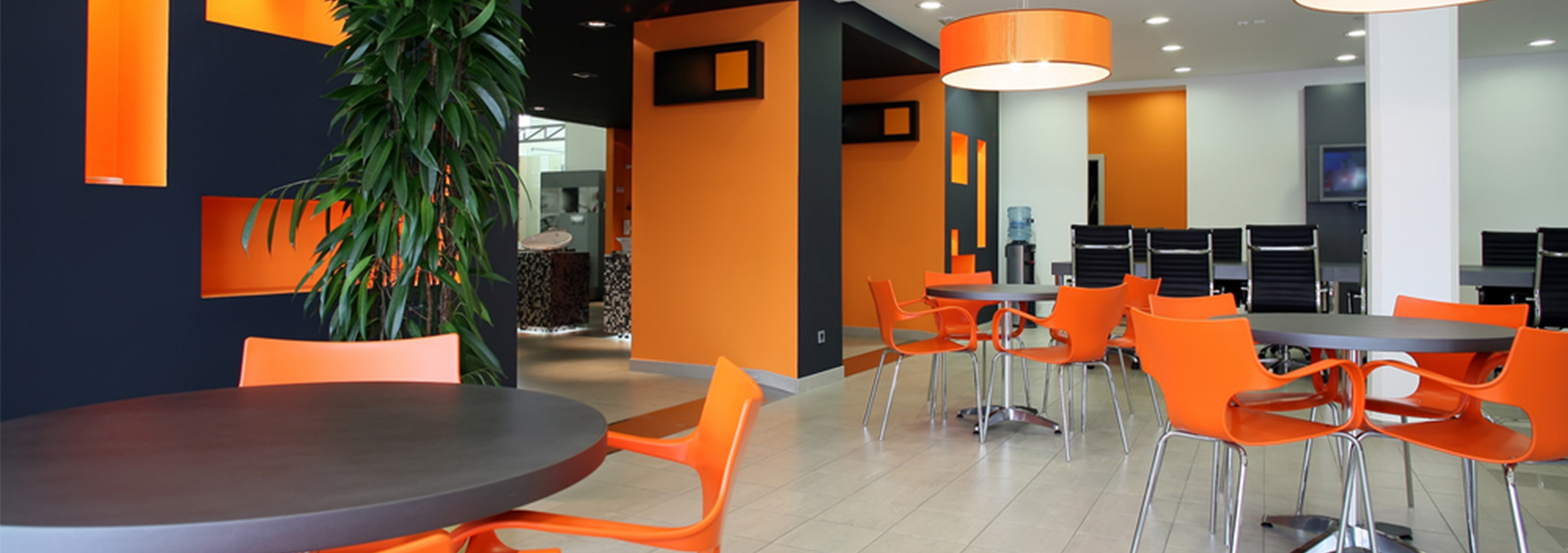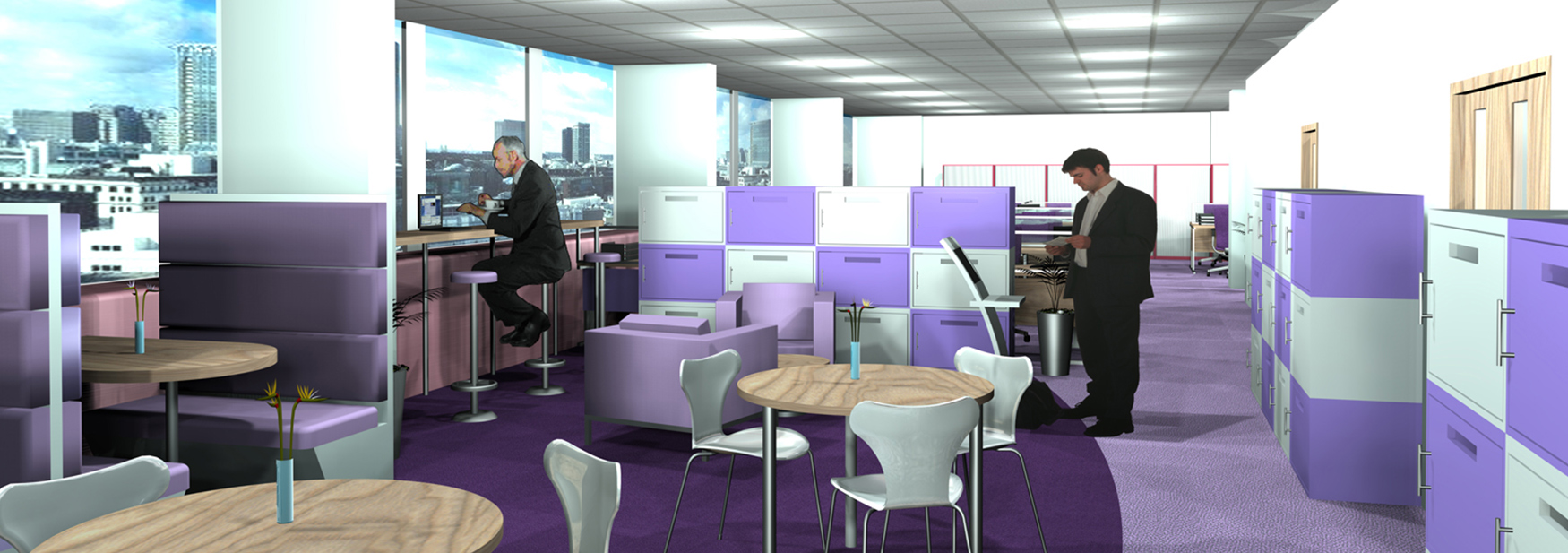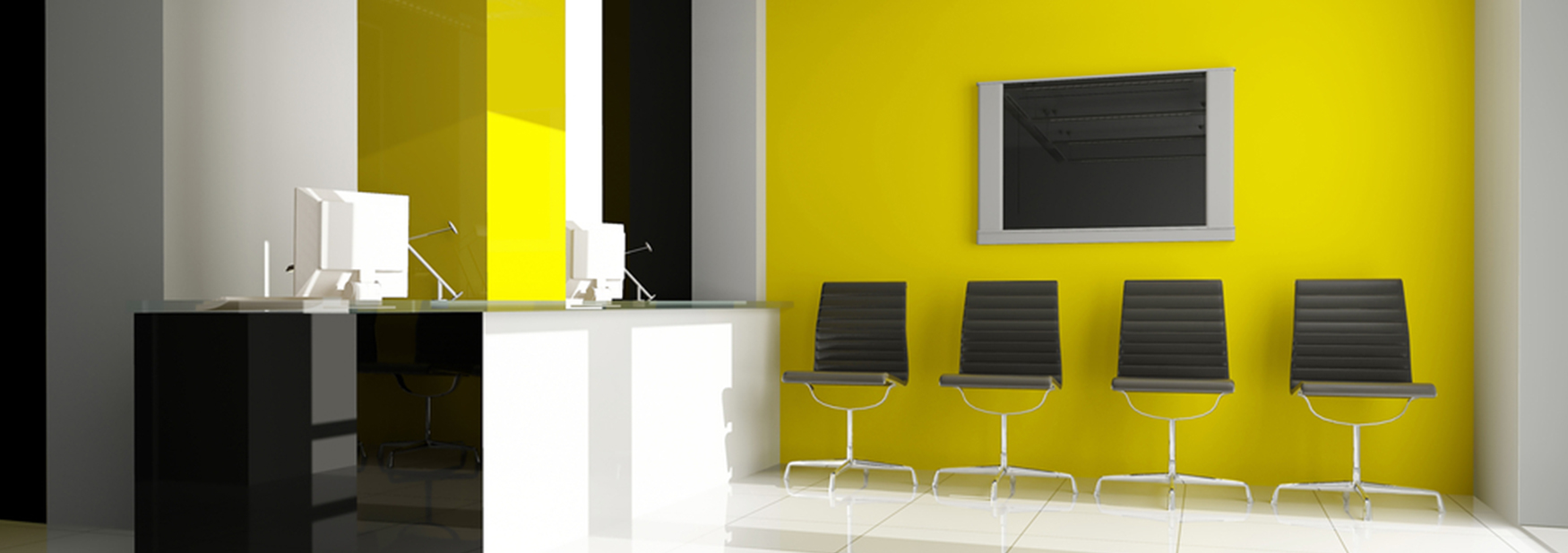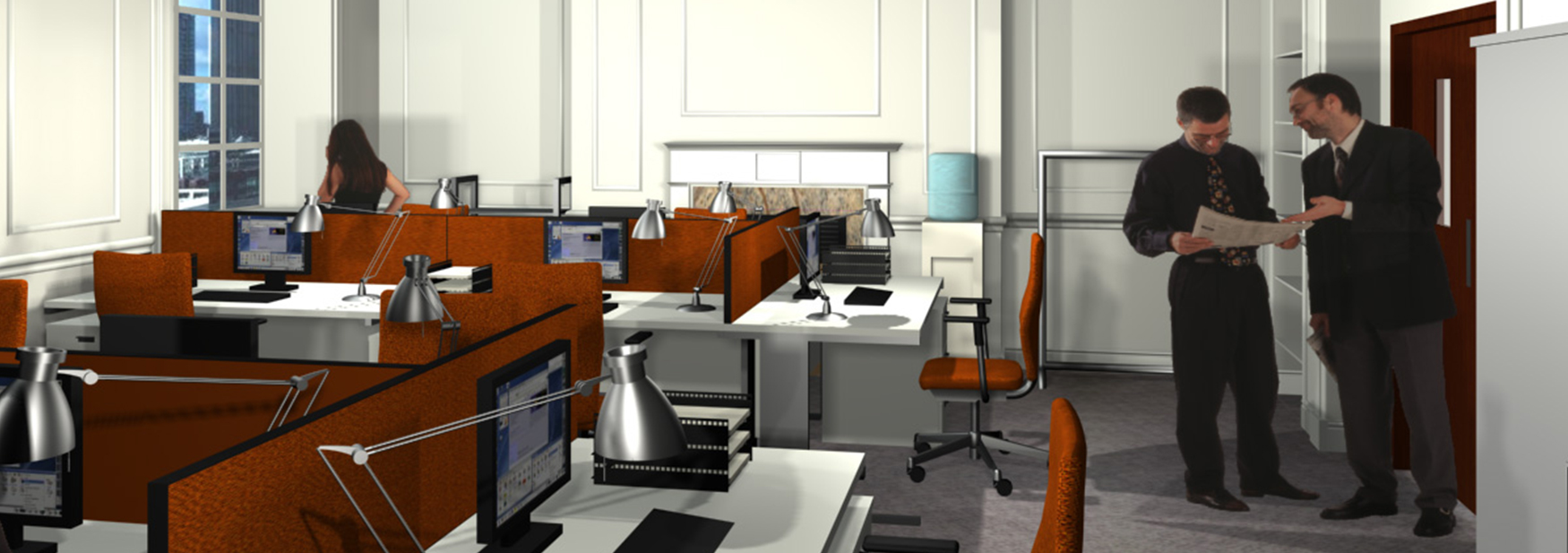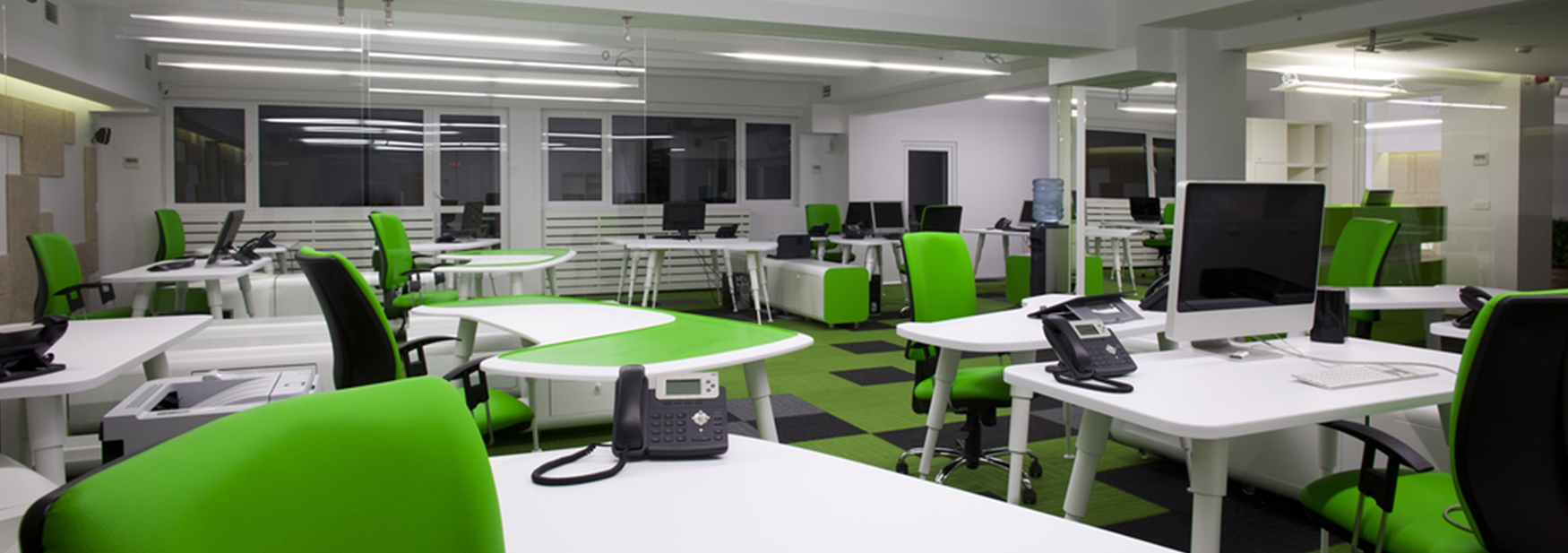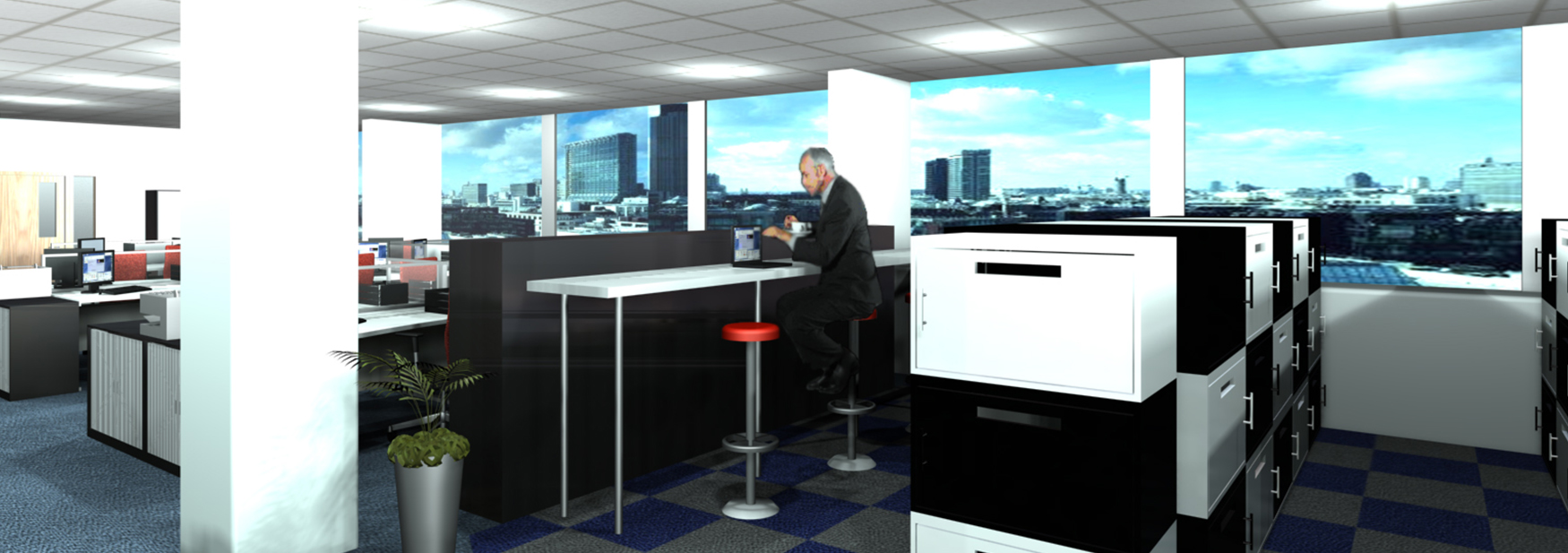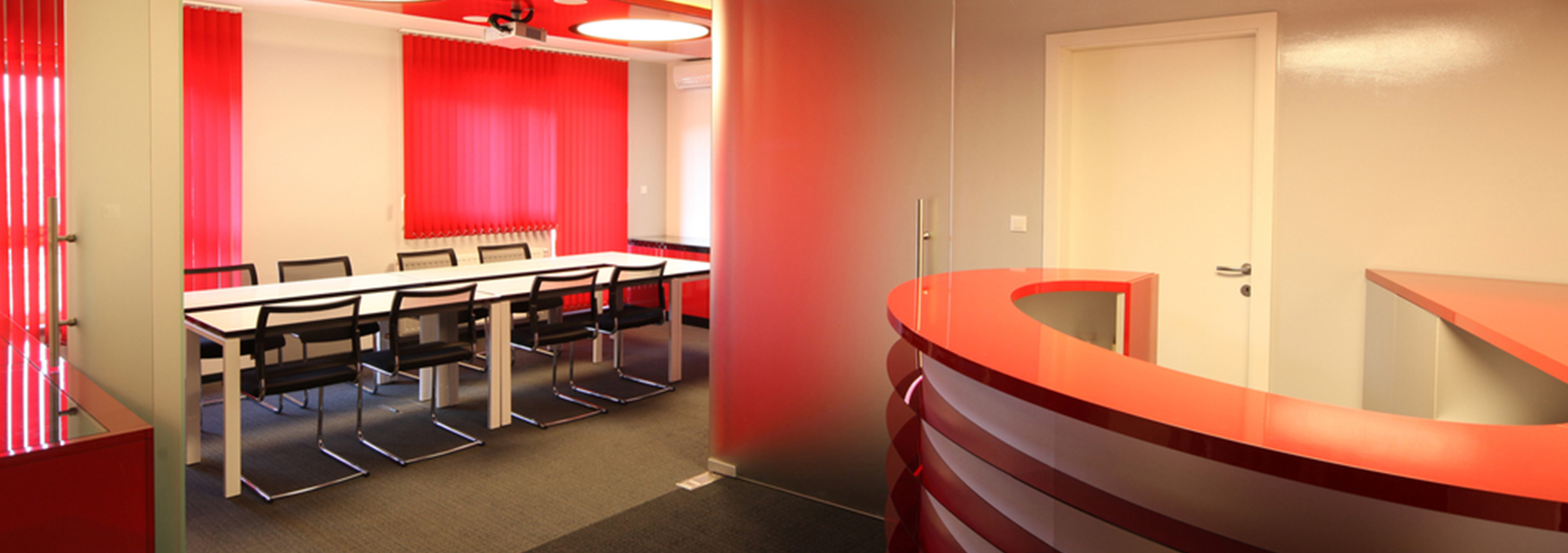Office chairs are often overlooked when considering the ideal office design, but they are actually a very important tool to the office worker. Every day there are many thousands of people across Britain that are away from work due to bad backs, and often these problems are due to poor office chairs. Many staff remain seated for hours at a time in inadequate office chairs and this leads to poor posture, and eventually back pain. The first way to alleviate this problem is to ensure that staff are aware that they should get up and move around every hour. It is possible to promote this via office space planning by having office storage that is not right next to each member of staff. If you are having to get up and go to a central storage area to collect and replace files, then without realising it, you are exercising your back, and preventing strain. Centralised storage is also sensible to allow you to get the best out of your space planning as it allows you to group staff together, and storage together giving a much more efficient layout.
There are many hundreds of different types of office chair, so how do you know which one is the best for your staff? Basically there is no one chair that will be perfect for everyone has different requirements and body shapes, but as a general rule the more adjustable the chair is, the more likely you are to find a setting that suits the user. As a minimum the office chair needs to be height adjustable, and intensive users would ideally have some level of seat pan tilt and lumbar support. It is actually the responsibility of employers to ensure that all users of PCs have adequate office furniture for their job role (a DSE assessment- Display Screen Equipment), and we are able to send our staff to carry out these risk assessments at your office, and to make recommendations as to the most suitable furniture and office chairs for your staff. Call us to discuss how we can help.
 space planning uk
space planning uk 